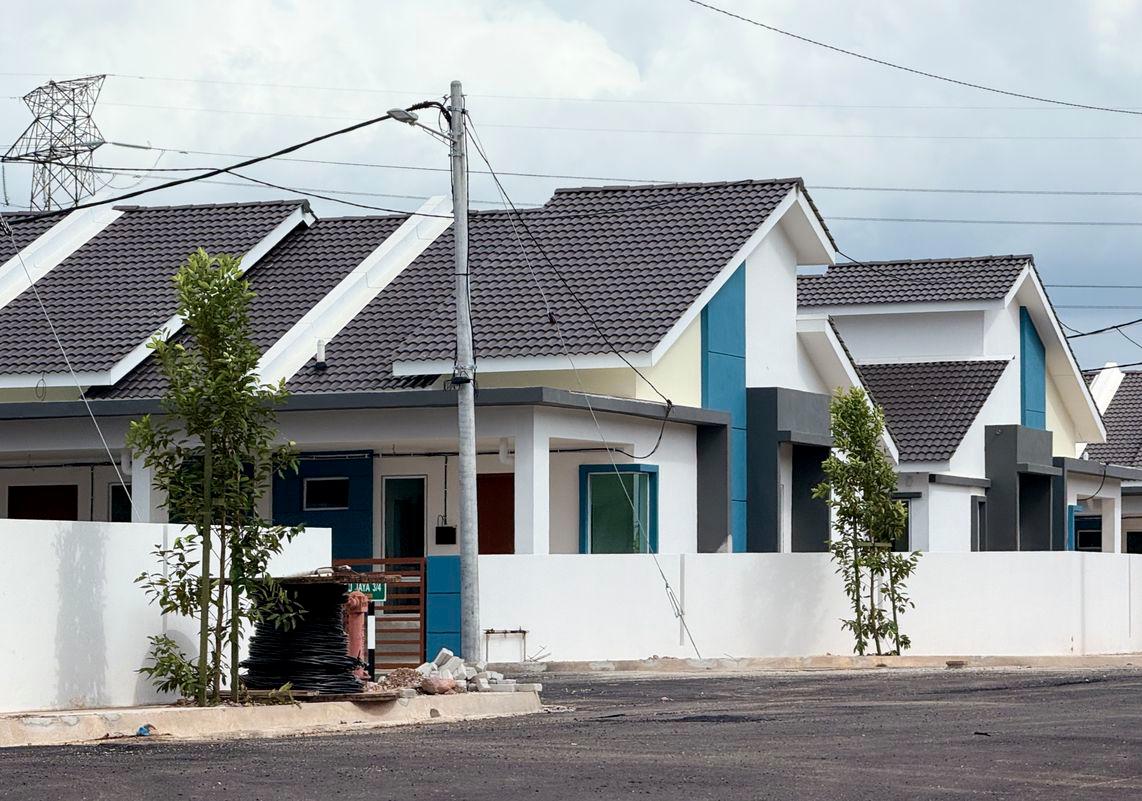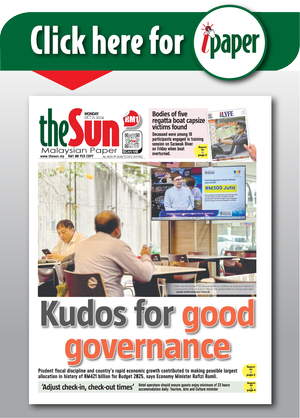PETALING JAYA: The government pledge to construct one million affordable homes under the 13th Malaysia Plan (13MP) is realistic but will require consistent momentum and tighter coordination, say experts.
UTM real estate economy expert Dr Muhammad Najib Razali said current data supports the target viability because about 180,000 units have been completed this year, with an additional 235,000 under construction, bringing the total to approximately 415,000 homes.
“If this rate of development can be accelerated, the one million target is well within reach.”
However, he said a unified coordinating agency is urgently needed to avoid overlapping responsibilities among stakeholders and ensure streamlined implementation.
He recommended scaling up the use of technologies such as the Industrialised Building System and Building Information Modelling to reduce costs and accelerate delivery timelines.
“Inclusive financing mechanisms, such as expanding the Rent-to-Own scheme and Credit Guarantee Housing Scheme, must also support B40 and M40 buyers.”
He added that under the 12th Malaysia Plan, about 57.8% of the 500,000 unit target was achieved by March 2024, with progress surging this year.
He said achieving the 13MP goal requires building 585,000 units over the next decade, about 58,500 annually.
He also said past schemes such as PR1MA, while aimed at lower income groups, were undermined by speculation and unsustainable financing.
“Some buyers resold their units immediately after the moratorium, undermining the purpose of affordable housing. Others depleted their EPF savings to qualify for loans, putting their financial security at risk.”
He said the government must improve long term ownership monitoring, balance supply with real local demand and enforce clearer boundaries to prevent speculation.
“Between 2020 and 2025, units priced under RM300,000 made up over 55% of total housing transactions, yet only 23% of unsold units were in this price range.
“This reflects strong demand and affirms the importance of aligning supply with real affordability.”
Housing community expert Assoc Prof Dr Noorsidi Aizuddin Mat Noor said the one million target is possible, but warned that poor delivery models could undermine the effort.
He said many past initiatives were built in so-called “strategic” locations without considering whether residents could actually live and work there.
“Too often, feasibility studies are based on outdated or inaccurate data. We need to assess real readiness, such as whether jobs, schools and clinics are nearby, not just label a site as ‘promising’”.
Noorsidi said speculation remains a threat, and called for a transparent, tech-driven
one-stop system for housing allocation and monitoring of resales.
“If people don’t feel these homes are meant for them, we’re not building communities. We’re building shells.”
UiTM Shah Alam Built Environment expert Assoc Prof Dr Rohayu Abdul Majid said public-private partnerships and tech like 3D printing could speed up delivery, but only if homes are built where they are needed.
“Affordable housing must go beyond visibility, it must be habitable, accessible and sustainable for long term use.”
She stressed the need for micro-level demand mapping and stronger federal-state-private sector collaboration to prevent mismatches between supply and demand.
“Rising land and material costs remain a challenge, but fast approvals, tax breaks and digital tools could help, if homes are to stay truly affordable for B40 and M40 buyers.”









